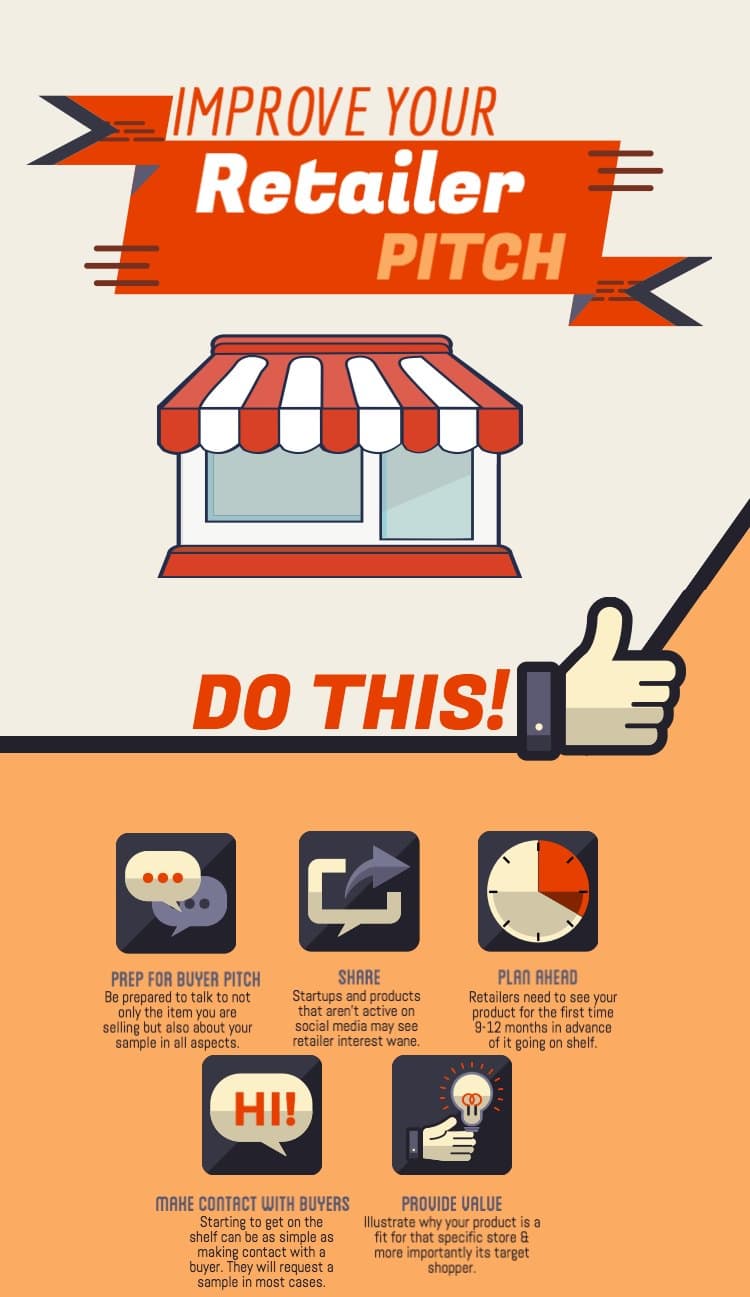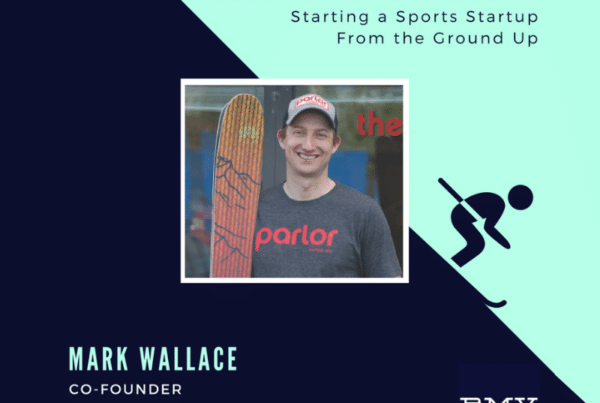
For many startups, landing a spot on the shelf at Walmart is nothing short of a dream. Getting your product and brand in front of millions of customers is powerful and often times transformative.
So how exactly do you convince one of the largest big-box retailers in the world to carve out space for you? We spoke to Zach Sousa of Walmart at Hasbro, whose job it is to help showcase products to the world on Walmart’s shelves, to get some of his insights and advice.
Q) You work as national account manager for Walmart at Hasbro. For startups that are just trying to figure out how product distribution works with brick and mortar, can you describe how big consumer brands work with retailers the size of Walmart?
A) Product usually ships to stores from 4-5 major warehouses located across the country. Some third-party vendors are used to warehouse and send product to stores, but that is dependent upon which department you are selling to. The ability to offer domestic and import shipments of your product is key. Walmart can sometimes land goods cheaper on import with their great shipping rates.
Q) We’ve heard investors talk about what a big time and money strain getting shelf space at a big retailer can be. Can you shine any light on what the process is for getting a product on a shelf and how long that typically takes?
- A) Shelf space is king. If you aren’t on the shelf you aren’t in the (retail) game. The retailer starts to plan their modular shelf space about six months in advance. That means they need to see your product for the first time 9-12 months in advance. The selling process can be long and very detailed, especially if you are a new vendor. They will want a business plan that outlines projected sales and margin by item along with promotional strategies. In addition to your WM specific plans, they will want to know how you are supporting the brand nationally. Advertising through TV, print and social as well as other marketing strategies (PR, Elvis, etc.) are areas that category directors see great value in.
Q) It seems like a lot of specialty food startups have found shelf space at Whole Foods as they fill a need/mission for the buyers of the organic supermarket chain. Are there tricks to figuring out what type of needs your product may address for a retail buyer?
A) Walmart is very aware of who their consumer is and how that consumer differs from the Whole Foods consumer. It’s OK to believe your product can be sold to any and all retailers, but you have to tailor your business plan to fit the retailer. Don’t walk in with the same sales pitch for everyone. If you can show Walmart that your brand’s consumer is already in their stores and the product is selling to these consumers nationally already, you will be sure to grab their attention! Not all items are a good fit for every retailer and often times creating channel specific items is needed to help fill the void.
Q) How would you say a product maker should handle exclusivity? Pluses and minuses with going the exclusive distribution route with a certain product for a certain retailer? Should there be additional asks (marketing push, etc.) for exclusivity?
A) Exclusives are a tough conversation. If you are going to offer them, limit the length of time you offer them for (maybe just for Spring or Fall). Once you give one retailer an exclusive, they will all want one. Even worse, retailers could lose interest in your mainline item if they find out you are producing an exclusive with better value for their competition.
“Shelf space is king. If you aren’t on the shelf you aren’t in the (retail) game. The retailer starts to plan their modular shelf space about six months in advance. That means they need to see your product for the first time 9-12 months in advance.”

Q) Is there an art to getting samples into the hands of a buyer?
A) No, as long as you make contact with the buyer and start with a business plan, a sample will always be requested. Make sure you are prepared to talk to not only the item you are selling but also about your sample in all aspects: brand logo, coloring, packaging physical design, packaging size (compared to competition and price points), instructions and case pack. It is important that your sample is as detailed and close to final as possible.
Q) Do you think startups should focus on smaller stores/regional retailers before going after big national retailers? Would a track record of retail sales make their pitch more convincing or would a connection with a smaller retailer tarnish the startup’s image with a larger retailer?
A) A proven history of sales is always good and will never hurt you despite who it might be with. But having the sales history is not a necessity. At the end of the day, all retailers are fighting for the same piece of the pie and none of them want to be left on the sidelines. If it sells and makes them profit conversations will move quickly. You will have retailers who will “lean in” a little more than others on new items, those that will limit their risk and investment, and some who will just play the “wait and see” game. Always prioritize the retailers that support you and your product from the beginning.
Q) Thoughts on the margin %’s you need to realistically have to make national retail even a plausible channel?
A) Margins are totally dependent on the department you are selling to. Any program out of aisle will have even higher margin requirements. Margin conversations will always come up and never go away. Manufacturers need to stick to what keeps them profitable. Don’t ever jeopardize your company by going below your margin goals, because I guarantee you that retailers won’t do it for you. Try to offer seasonal programs or promotions that allow for incremental margins and then talk in terms of the blended margin you are providing.
“If your brand is not active on social media, the retailer will take notice and their support may wane.”
Q) Another strategy seems to be creating a buzz through online outlets and bloggers, so that consumers start looking for the product in-store and asking about it. Have you seen cases where a marketing strategy for a product has increased demand for that product by a retail partner?
A) Marketing and advertising have changed drastically over the past 10 years. TV is still the #1 driver for my industry, but social media and online marketing and advertising are also important platforms. If your brand is not active on social media, the retailer will take notice and their support may wane. It is still very hard to measure how social media and online marketing and advertising affect sales, so many retailers want them aligned with in-store demo’s or coupons.
Q) Any tips you’d give on packaging that is attractive to national retailers?
A) Always compare your item and packaging to the competition’s “like item” and know how it stacks up. This is the first thing the buyer will do. Also, be aware of the perceived value your item/packaging shows to the consumer. If it is premium retail, the packaging better be premium. If your item is $9.99 and competitive items the same size are $5.99, be prepared to talk about why.


